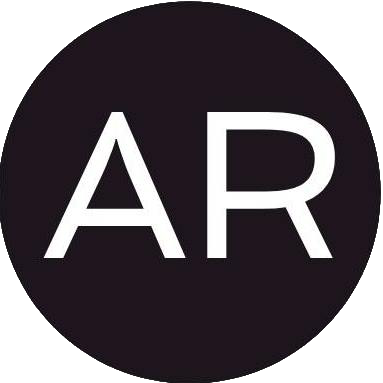Your Australian-style CV will not work in the US. You need a US-style resume to land those interviews!
In America employers expect a resume, not a CV, unless you’re in academia or a scientific field where CVs are still the norm.
There are big differences between the CV you’d use in Australia and the resume you’re going to use in America.
In this guide we’ll walk you through 5 quick tips to create your resume for the US job market.
You're so much more than your resume. But it still matters. It's your marketing material.
5 Essential Tips To Americanize Your Resume:
1. Keep It Concise – 1 Page Per 10 Years of Experience
You’ll likely get 30 seconds to make an impression and show off why you’re a great candidate. Australian-style CVs are lengthy and cover your entire career and education history. Your US resumes should focus on your relevant achievements and skills for the role you’re applying for.
💡 Tip: If you have less than 10 years of experience, aim for one page. If you have 10+ years, two pages.
2. Lead With Experience, Not Education
In Australia, it’s common to list education first. In the US your experience and skills matter more, unless you’re fresh out of uni. So move your education to the end unless you’re a recent graduate with less than 2 years of work experience.
💡 Tip: Make sure your resume starts out by highlights your relevant achievements, skills, and impact. This is what gets hiring managers’ attention.
3. Quantify Your Achievements
Australian CVs tend to be wordy and descriptive, focusing on responsibilities rather than results. US resumes emphasize impact and measurable achievements.
The best US resumes show off your relevant achievements vs your job responsibilities. This can take a bit of time to refine, but it’s worth it and will make you stand out.
Avoid generic phrases like: “Managed social media accounts and grew audience engagement.”
Instead use numbers and results: “Increased social media engagement by 50% through strategic content planning, leading to a 30% boost in website traffic.”
💡 Tip: Use metrics, numbers, percentages, revenue growth, cost savings to showcase the value and impact you brought to previous roles.
4. Align Your LinkedIn With Your Resume
Most recruiters will look at your LinkedIn profile before reaching out. There should be consistency between your resume and LinkedIn profiles.
Make it easy for recruiters and hiring managers by including your LinkedIn URL at the top of your resume next to your contact details. To give yourself a more polished look customize your LinkedIn URL (click here).
💡 Tip: Double-check your LinkedIn URL link works! E-mail your resume to yourself and test the link from your desktop or phone.
5. Tailor Your Resume for Each Job Opportunity
One-size-fits-all resumes don’t work in the US. And it's very obvious when you’re mass applying to roles with the same resume. To stand out your resume should align with the specific job description and highlight the skills and achievements that matter most to the employer.
💡 Tip: Leverage AI tools such as ChatGPT to save you time with customizing every resume.
Bonus Tips
Use a U.S. phone number: Leave out the +1 country code.
Use American spelling: Swap S for Z (e.g., organize instead of organise).
Remove Australian references: Keep it clear and understandable for US employers.
Save with a professional title: E.g. Amy Meyer Resume (avoid generic filenames).
Send as a PDF: Ensures formatting stays intact.
Check all links: Make sure your LinkedIn, portfolio, or website links work before submitting.
Ready to Supercharge Your US Job Search?
If you’re serious about landing interviews, we’ve got you covered. Our Supercharge Your Search online course gives you a proven 5-step method to land your next job in the US on an E-3 visa. There’s a 30 min module on creating your winning US resume that gets you interviews!
Get instant access to the 5-step method to land your next job in the US!



